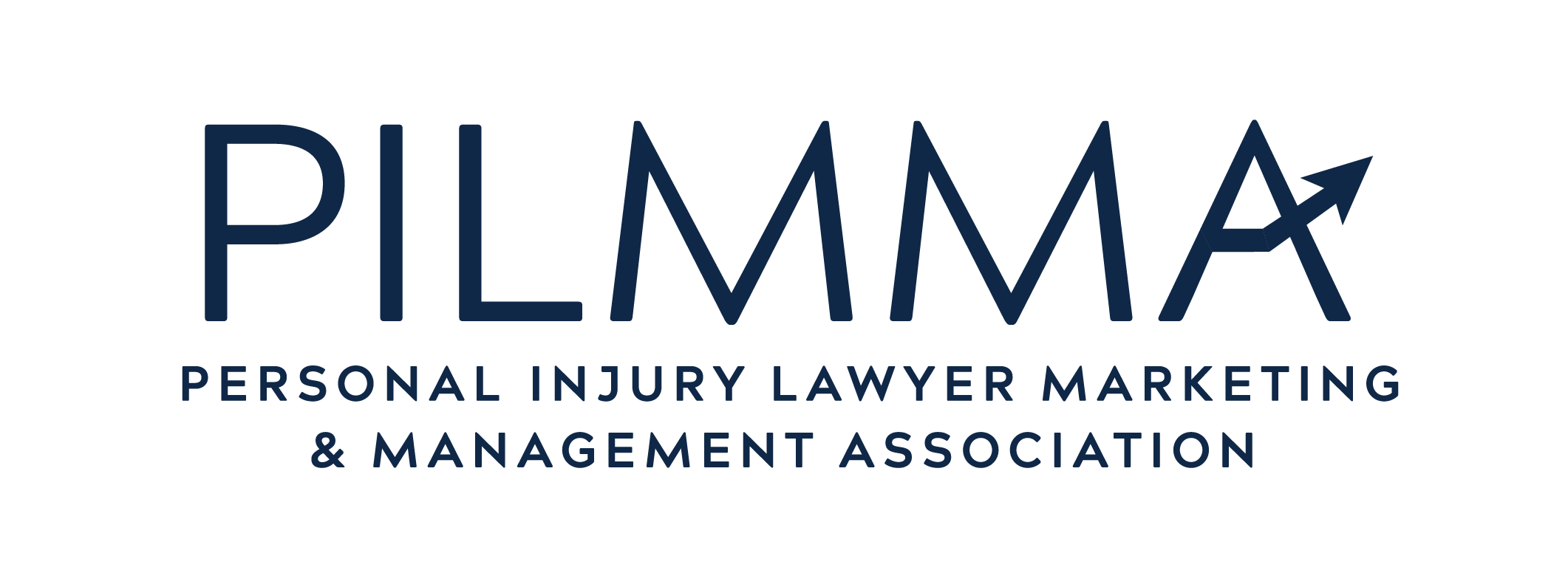Disgruntled clients, continuously calling your office, complaining about how long their case is taking, is a huge time and resource drain on your law firm. Clients calling every time they see a doctor or are prescribed a new medication is also a major time vampire for your firm. But you’ve got to take those calls and listen empathetically, or you have unhappy clients.
Unhappy clients are more likely to make bar complaints and less likely to leave you the ever coveted 5-Star Google reviews. When your clients are unhappy, your case managers and receptionists are stressed out. It’s a daily struggle for many personal injury law firms. That’s why it is so important to set and adjust your clients’ expectations and create some additional systems of communization from the outset of your representation, and systematically throughout the life of their case.
Keep in mind that for your clients, their accident is life changing. For many, it’s as if the world as they know it stopped, and they can’t help but be fixated on their case. They don’t care that their case isn’t the only one your law firm is handling. Many are on pain meds that cause them to not hear or remember what you tell them in your initial sign-up conference, or subsequent calls or meetings.
But there’s good news: There are some simple things you can do to adjust your clients’ expectations about how long their case is going to take, and to help them understand each phase of the case. There are measures you can put in place so that they can communicate with your firm night or day, without having to physically talk to their cases manager. Taking the time to create these systematic tools will help to ease the stress levels in your law firm, and help your case managers be more productive, resulting in happier clients and staff as well as increased profits and law firm productivity.
Here are some ways you can easily begin to adjust your clients’ expectations:
- The Case Timeline Flow Chart: Create a Flow Chart that shows the stages and timeline of a typical case. Include the time frames of the various stages that an average case goes through. Use simple and plain language. Use a colorful infographic. Give this chart to every client at sign up and take a few moments at that time to go through the handout with them, stage by stage. Tell them that this sheet is very important and that you want them to keep it. Give them a folder with your firm’s logo and make sure that a copy of this chart is inside.

Give your case mangers copies of the flow chart, go over it with them and ask them to keep a copy at their desk. Have them take the time in their initial client call to refer to the flow chart and go over it again with the client, phase by phase. While you may think this is redundant, it is not. Your clients need to hear this information and understand the stages/ timeline of a typical case. Just like a teacher in a classroom, going over the important points for a test repeatedly to make sure the students get it, you want to take the time to drive home a reasonable set of client expectations that your clients learn and understand. Taking this time up front, to create and adjust client expectations will save you and your staff considerable time in the long run.
Ken Hardison and I created just this kind of flow chart in our last law firm, Carolina Disability, and found that it was invaluable in helping our clients understand just how long a typical social security case took, and that it worked wonders in adjusting their expectations. A picture really can be worth a thousand words. And while we used this infographic sheet in a Social Security practice, you can easily create a similar flow chart/timeline for any kind of case from Personal Injury to Criminal cases, Workers Comp, etc.
- The Medical Records Hotline: Create a special phone number reserved for Medical Records updates only. Give your clients a business card with the hotline number on it at sign up. Make sure your case managers go over the hotline number with the clients at their initial call. Let them know that this is the number they need to call when they have medical updates- it’s a HOTLINE- and it is set up to make sure that their case manager is alerted to this very important information. The beauty of the hotline number is that your clients have 24/7 access to the law firm and know they can call this number, day, or night, and leave a detailed message with their new meds, new doctors name, or any new developments in their medical care or treatment.

Have a designated staff member whose job is to listen to the hotline messages each day, entering the data into your case management system and alerting the assigned case manager of the update. In this way your clients will have ready access to the law firm, but your case managers aren’t interrupted throughout the day with phone calls that can consume their day and keep them from working on all the things that are coming up on their checklists. It’s a win-win.
- A Client Portal: With today’s technology at your fingertips, consider creating a client portal system that allows your clients to access their case file online so they can stay up to date and informed on the status and progress of their case without having to call your office and interrupt your case managers’ work flow. Clients can see that things are happening in their case and feel more assured that they have not been forgotten, or that their file is collecting dust on someone’s desk.

- Videos at Each Phase of the Case: It is easy to assume that your clients have a basic understanding of how the legal process works, but many do not. They know what they know based on what they have seen on TV or what a family member or friend tells them. Help them have a better understanding of what happens at each phase of a case through Videos. In today’s world, people are used to being able to google a topic and watch a YouTube video about almost anything. Videos are a wonderful way for you to adjust your clients’ expectations. The more they understand about how the process works, and what happens at each particular stage of the case, the less anxiety they feel. You can better control your clients’ expectations by driving the narrative for them. Take time to create a generic video for each phase of the typical case. Then, have your case managers automatically send emails to each client when they hit that particular point in the life of the case, from signup to disbursement, and every stage in between. You are only creating one video per phase, but that same video can be sent to every client in your firm at the appropriate time. It’s an easy and efficient way to help your clients stay in the loop and ease their angst.

Unhappy and ill-informed clients will call your office often because they are frustrated and don’t understand what is going on, or they think that you are not really working on their case. All these disgruntled client calls are huge time vampires for your office, and they create a difficult and stress-filled work environment for your law firm staff. You can and should take some simple systematic steps to control the narrative when it comes to your clients’ expectations and understanding of their case. While the 4 Strategies listed above will not get rid of all your unhappy and unnecessary client calls, it will go a long way towards minimizing them. You will have more satisfied clients and a healthier and more productive and profitable law firm.
PSA: Ticket prices for PILMMA’s 2024 Super Summit increase this weekend! Don’t miss out on this opportunity to learn from the best in the game: highly successful attorneys, law firm owners, marketers, and managers who will be sharing strategies that will help YOU build a better and more profitable personal injury law firm. Visit Summit to register today!

